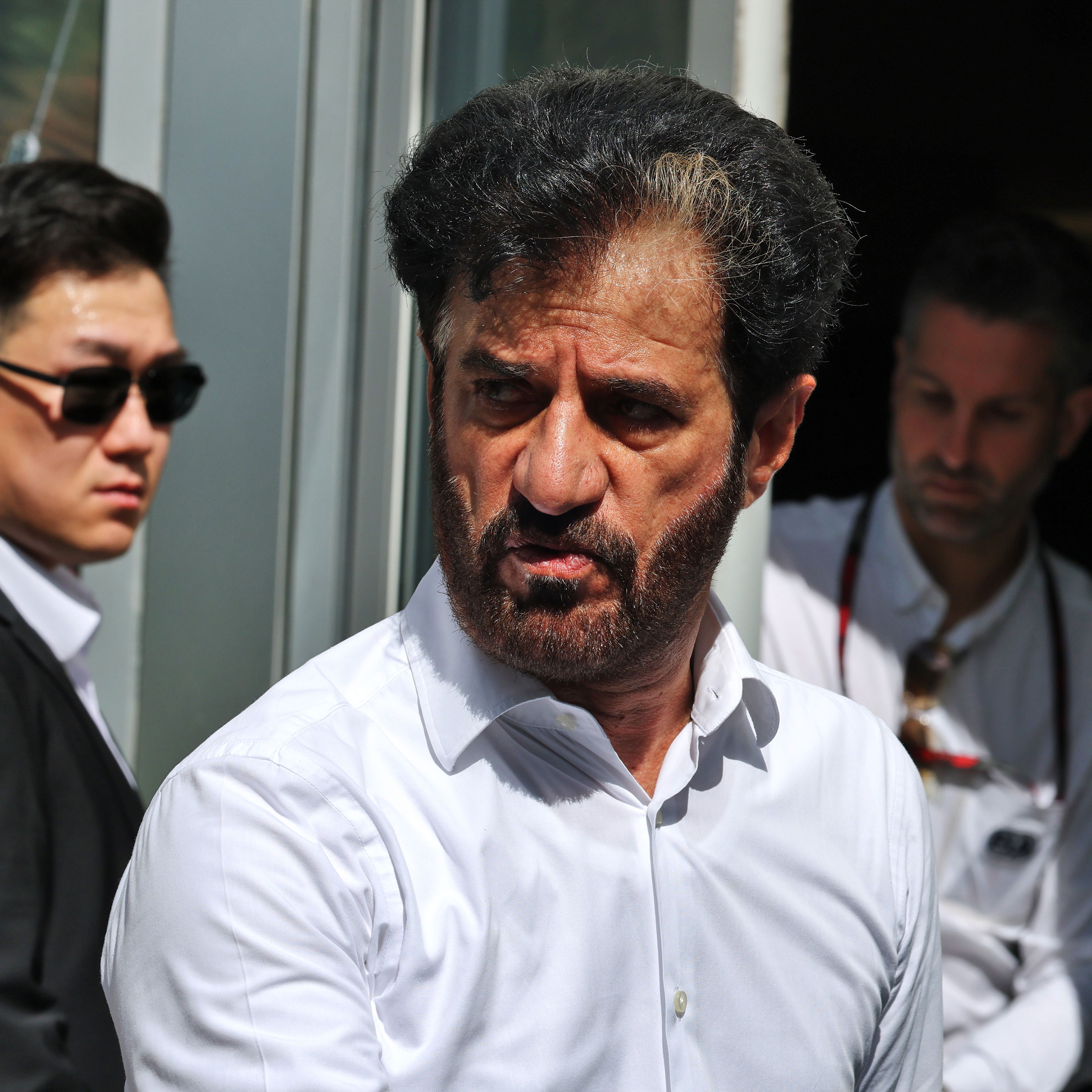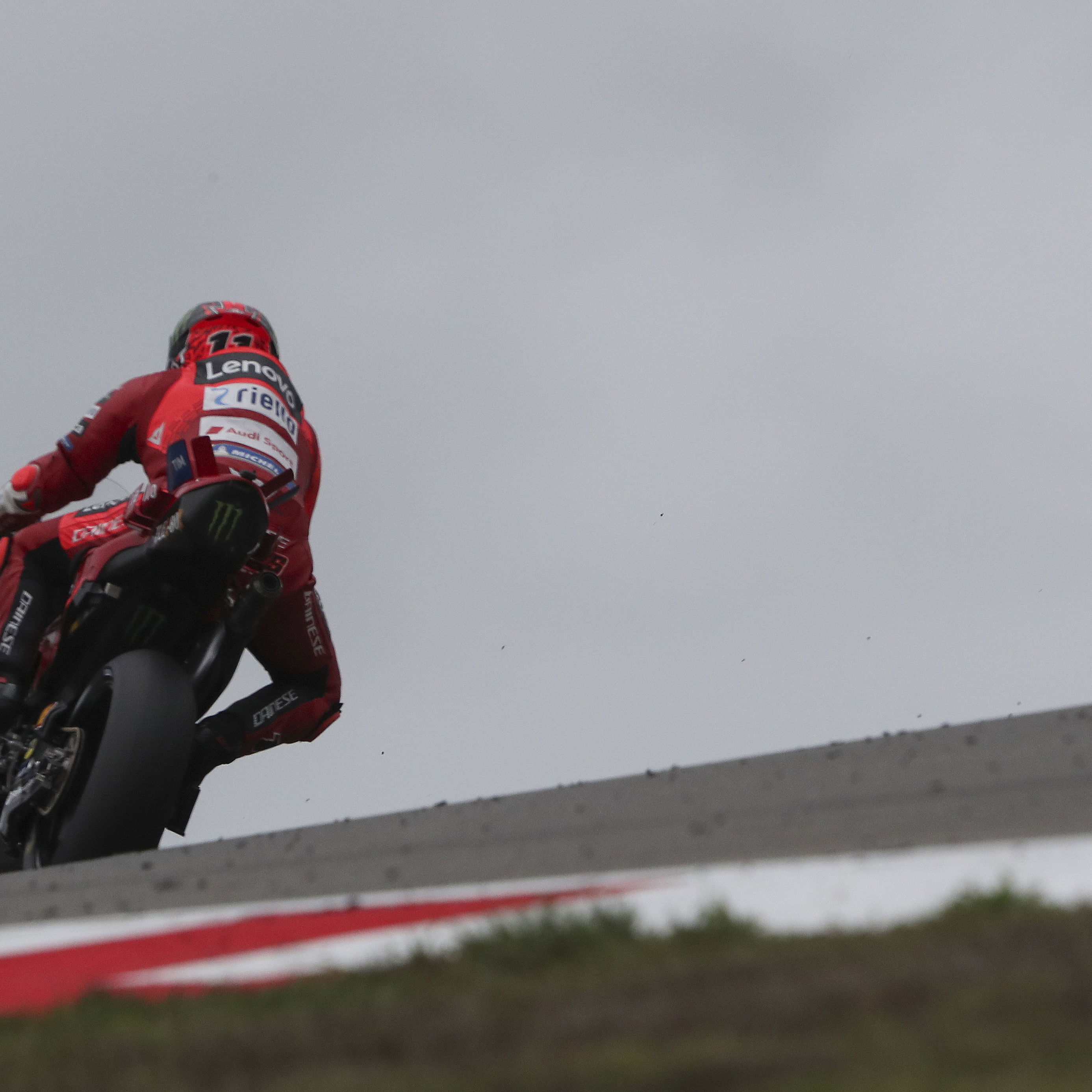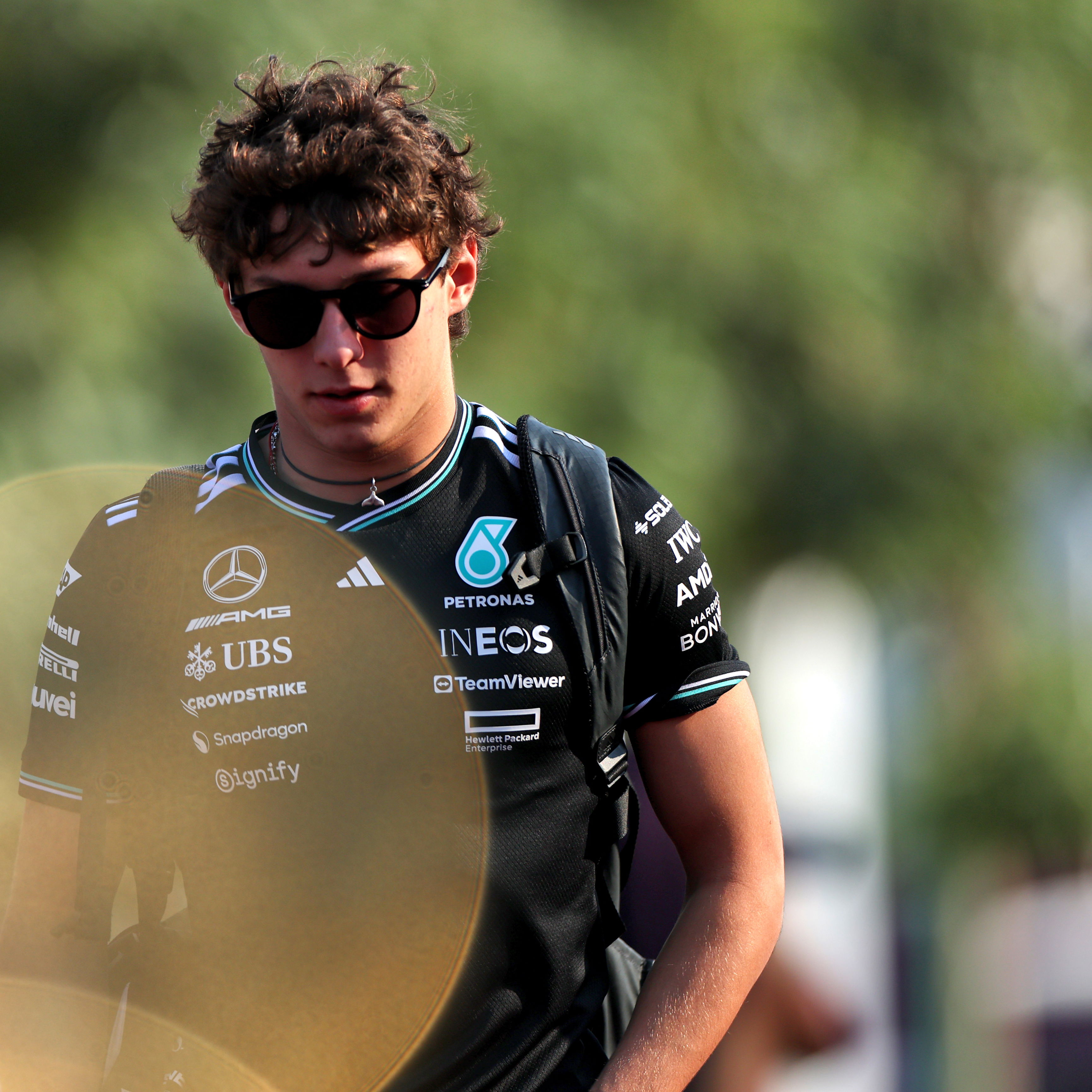BMW: No danger in freak KERS incident.
BMW-Sauber has sought to affirm that there was no danger when one of the team's mechanics suffered a high-voltage electric shock whilst the squad tried out the new Kinetic Energy Recovery Systems (KERS) set to be introduced into Formula 1 next year.
BMW-Sauber has sought to affirm that there was no danger when one of the team's mechanics suffered a high-voltage electric shock whilst the squad tried out the new Kinetic Energy Recovery Systems (KERS) set to be introduced into Formula 1 next year.
The incident occurred during testing at Jerez in southern Spain late last month [see separate story - click here], with the Munich and Hinwil-based outfit's test driver Christian Klien at the wheel of the prototype F1.07C equipped with the KERS device. The unnamed mechanic was thrown to the ground after touching the car when it returned to the pits, and was subsequently transferred to hospital, though he fortunately escaped any serious injury.
The electric shock was the second setback to befall KERS since development of the new device began, on the back of a fire scare during a battery test at Red Bull Racing's Milton Keynes factory. Following investigations, however, BMW head of power train Markus Duesmann is adamant there was no danger involved.
"The mechanic suffered an electric shock after touching the sidepod and steering wheel of the car," he explained. "There was a high-frequency AC voltage between these contact points, the cause of which has been traced back to the KERS control unit and a sporadic capacitive coupling from the high-voltage network to the twelve-volt network.
"The voltage ran through the wiring of the twelve-volt network to the steering wheel and through the carbon chassis back to the control unit. The problem was caused by a sporadic error in the control unit.
"Only a small amount of energy can be transferred through this capacitive coupling effect; however, the energy is sufficient to cause an extremely painful reaction. The driver was insulated against the car by his racing overalls and gloves and therefore was not in any danger.
"In addition to the measures required to tackle the issue at hand, the extremely far-reaching analysis we conducted also gave rise to other recommendations which are of great value for the development of electric KERS systems.
"Among the measures arrived at are changes in the design of the control unit to avoid capacitive coupling effects, extended monitoring functions for high frequencies and a conductive connection of the chassis components to avoid any electric potential.
"We have already handed over this safety analysis, complete with measures and recommendations, to the FIA, and will also make our findings available to the other teams at the next meeting of the Technical Working Group.
"We will resume the testing programme once all the necessary amendments to the safety concept have been implemented. We expect this to be the case in the autumn."
With safety of the new KERS technology acknowledged as being of paramount importance [see separate story - click here], Honda team principal and technical spokesman for the new Formula One Teams' Association, Ross Brawn, confirmed to Swiss publication Motorsport Aktuell that all ten of the sport's teams are working closely together and "sharing their experiences...to ensure we have a very high safety standard".









